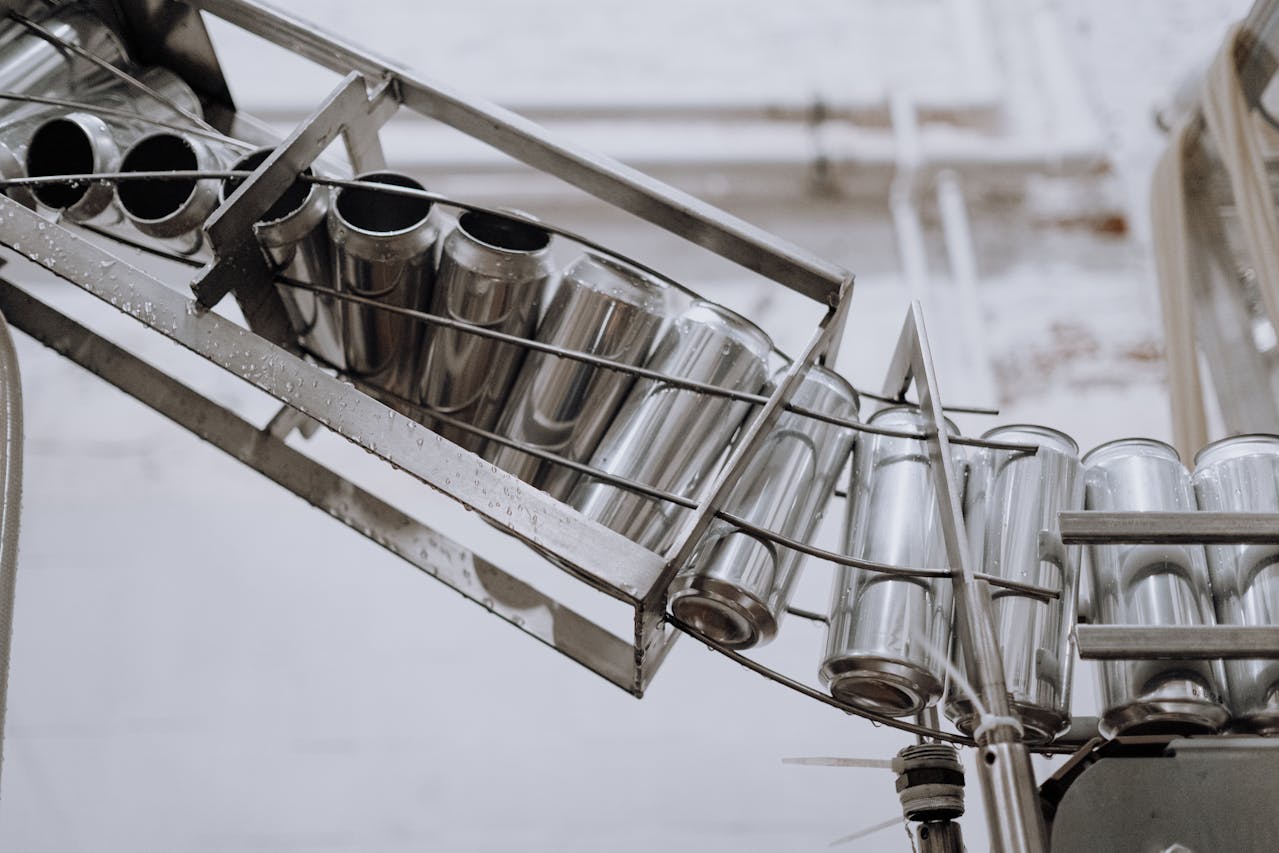Properties of Stainless Steel Explained
October 28, 2024
Introduction
Stainless steel is a key component of the metals family, which is primarily made up of iron. At its core, stainless steel differentiates itself by providing intrinsic features required for the engineering, design, automotive, consumer durables, process industry, nuclear, and implementation of infrastructure-related projects. This material is renowned for its exceptional corrosion resistance, ensuring longevity and reliability in a multitude of environments. The high tensile strength stainless steel mechanical properties provide superior durability, as it can withstand high pressure and temperature, which is an important characteristic for structural integrity. Additionally, stainless steel’s flexibility in manufacturing processes allows for the production of various complex structures customised for specific requirements.

Properties of Stainless Steel
Corrosion Resistance:
One of the most unique features of stainless steel is its ability to withstand corrosion, which makes it an ideal choice for long-term projects even in harsh environments. This resistance is primarily caused by the presence of chromium, which is already present in the alloy, reacts with oxygen to form an oxidized layer on the metal’s surface that acts as a barrier to prevent different kinds of corrosion from occurring to the underlying metal.
Stainless steel effectively resists several forms of corrosion that can compromise structural integrity:
- Pitting Corrosion: It commonly occurs in environments containing chlorides. Depending upon the type of aggressive environment, Stainless steel’s chromium-rich film prevents the formation of pits that can lead to structural failures.
- Crevice Corrosion: This type of corrosion occurs in confined spaces or crevices where localized corrosion can occur. Stainless steel’s robust nature minimises the risk in such scenarios.

Mechanical Properties:
The mechanical properties of stainless steel play an important role in its adaptability and efficiency across a range of uses:
- High tensile strength: Stainless steel’s mechanical properties allow it to bear high levels of pressure without distortion, which is critical for maintaining structural stability under high loads.
- Ductility and formability: Despite its strength, some stainless steel grades exhibit good ductility as well. It can be manufactured into a variety of shapes without losing integrity, which is critical for unique designs.

Physical Properties:
The physical properties of stainless steel give it resistance under harsh conditions, broadening its application scope:
- Heat resistance: It maintains strength and stability at high temperatures, making it suitable for a wide range of applications, including industrial furnaces and household cooking equipment.
- Fire resistance: Stainless steel’s ability to withstand high temperatures and maintain structural integrity under fire conditions makes it a safe choice for fire-sensitive environments.
- Cryogenic resistance: Even at extremely low temperatures, some stainless steel grades have lower Ductile-to-Brittle transition temperatures, meaning, the alloy can exhibit good ductility even at low temperatures. This property is useful for applications in cold regions or during the processing of liquefied natural gases.

Components of Stainless Steel
Main component: Iron
One of the main components of stainless steel is iron, which provides the basic metallic qualities needed for formability and strength. Stainless steel is a basic component for infrastructure projects all over the world because of its inherent toughness and longevity, which are ensured by this base metal.

Key alloying element: Chromium
Chromium is another main component of stainless steel that makes it uniquely resistant to corrosion. A minimum of 10.5% chromium content by mass differentiates Stainless Steel from other iron alloys, creating a passive layer of chromium oxide on the surface. This layer protects the material from environmental deterioration because it is resistant to both air and water. Chromium improves stainless steel, making it a material that not only maintains a project’s structural integrity but also increases its longevity due to its unmatched corrosion resistance.
Other alloying elements: Nickel, Molybdenum, Nitrogen
Other alloying elements, including nickel, molybdenum, and nitrogen, are added to stainless steel in addition to iron and chromium, and each of these components improves the material’s performance, enhancing the properties of stainless steel:
- Nickel increases the austenitic structure of stainless steel, improving ductility and toughness at both high and low temperatures. It also improves corrosion resistance in specific situations, giving the material greater versatility.
- Molybdenum improves the resistance of stainless steel to pitting and crevice corrosion, which is important in chloride-rich settings. Its inclusion is critical in applications exposed to aggressive chemicals since it protects the material’s integrity and lifespan.
- Nitrogen, even in small concentrations, is effective at reinforcing stainless steel. It improves tensile strength and corrosion resistance, especially against pitting. Its incorporation creates a more durable material capable of surviving extreme conditions.

Conclusion
The different properties of stainless steel, from corrosion resistance and mechanical strength to its distinct physical characteristics, make it an unmatched choice in the construction and infrastructure sectors. Stainless steel material properties and its varied components make it suitable for a wide range of applications, establishing it as a versatile and reliable material choice. Stainless steel has several applications and is suitable for industries such as architecture, aviation, healthcare, and hospitality. Our Duplex Stainless Steel is a material that embodies strength, longevity, and resilience, ensuring your projects stand the test of time. Choose Duplex Stainless Steel for a foundation built on quality, performance, and innovation.





